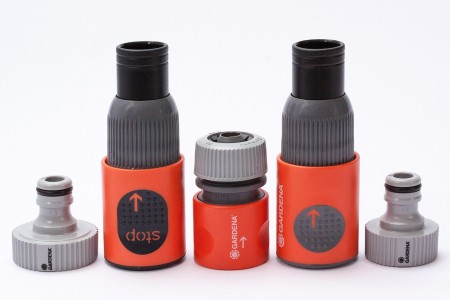Noise-cancelling earplugs have surged in popularity, becoming essential tools for many seeking peace amidst the cacophony of modern life. Whether it’s the relentless hum of city traffic, the disruptive chatter in open offices, or the uninvited sounds of nature, these earplugs provide a sanctuary of silence. As more individuals recognize the importance of auditory tranquility, understanding the mechanics and benefits of noise-cancelling earplugs becomes paramount.
The technology behind noise-cancelling earplugs primarily relies on passive and active noise cancellation. Passive noise cancellation blocks external sounds through physical barriers, such as foam or silicone materials that fit snugly in the ear. This type is effective for high-frequency sounds, creating a seal that minimizes unwanted noise. Active noise cancellation, on the other hand, utilizes microphones to detect ambient sounds and generate sound waves that counteract them, effectively neutralizing the noise. This dual approach caters to various environments and user preferences, enhancing the overall auditory experience.
Comfort is a critical factor when choosing noise-cancelling earplugs. Many models come with customizable tips to ensure a snug fit, which is essential for long-term use. Soft silicone or foam materials provide cushioning, allowing users to wear them for extended periods without discomfort. Furthermore, the design of the earplugs can influence their effectiveness; contoured shapes that mimic the ear’s natural anatomy can enhance both comfort and sound isolation.
In addition to comfort, the effectiveness of noise-cancelling earplugs can vary significantly between models. High-quality earplugs are designed to reduce decibel levels by a substantial margin, making them suitable for use in loud environments such as concerts or construction sites. Users should consider the Noise Reduction Rating (NRR) when selecting earplugs, as this rating indicates the level of sound attenuation provided. A higher NRR signifies better protection against harmful noise levels, which is particularly important for individuals exposed to chronic loud sounds.
Noise-cancelling earplugs are not just for those seeking solace from noise; they also serve practical purposes in various settings. For example, frequent travelers often use them to block out the sounds of airplanes and bustling airports. Similarly, students in noisy dormitories can benefit from these earplugs, allowing them to focus on their studies without distractions. The versatility of noise-cancelling earplugs makes them a valuable accessory for anyone looking to enhance their auditory environment.
Moreover, the health benefits associated with using noise-cancelling earplugs cannot be overlooked. Chronic exposure to loud noises can lead to hearing loss and increased stress levels. By utilizing earplugs, individuals can protect their hearing and create a more serene atmosphere, which can contribute to better mental health. Studies have shown that reduced noise levels can lead to improved sleep quality, increased concentration, and overall enhanced well-being.
The market for noise-cancelling earplugs has expanded significantly, offering a wide range of options tailored to different needs. From disposable foam earplugs for occasional use to high-end electronic models with advanced features, consumers can find products that suit their lifestyles. Many brands now incorporate innovative technologies, such as Bluetooth connectivity, allowing users to enjoy music or podcasts while still benefiting from noise cancellation. This blend of functionality and entertainment enhances the appeal of these earplugs.
Despite their advantages, noise-cancelling earplugs do have limitations. For instance, some users may find that they can feel isolated or disconnected from their surroundings when wearing them. This sensation can be particularly concerning in situations where awareness of one’s environment is crucial, such as while walking in busy streets or during social gatherings. It is essential for users to weigh the benefits of noise cancellation against the potential downsides and choose their earplugs accordingly.
In terms of maintenance, keeping noise-cancelling earplugs clean and functional is vital. Regular cleaning, especially for reusable models, ensures that they remain hygienic and effective. Users should follow the manufacturer’s instructions for cleaning to prolong the lifespan of their earplugs. Additionally, storing them in a protective case when not in use can prevent damage and maintain their quality.
Noise-cancelling earplugs play an integral role in promoting auditory health and personal well-being in our noisy world. As technology continues to evolve, future research could explore advancements in materials and sound-cancellation techniques, potentially leading to even more effective solutions. Understanding user experiences and preferences can also inform design improvements, ensuring that noise-cancelling earplugs remain accessible and beneficial for all. Investing in quality earplugs can be a game-changer for anyone looking to reclaim their peace and enhance their quality of life.

